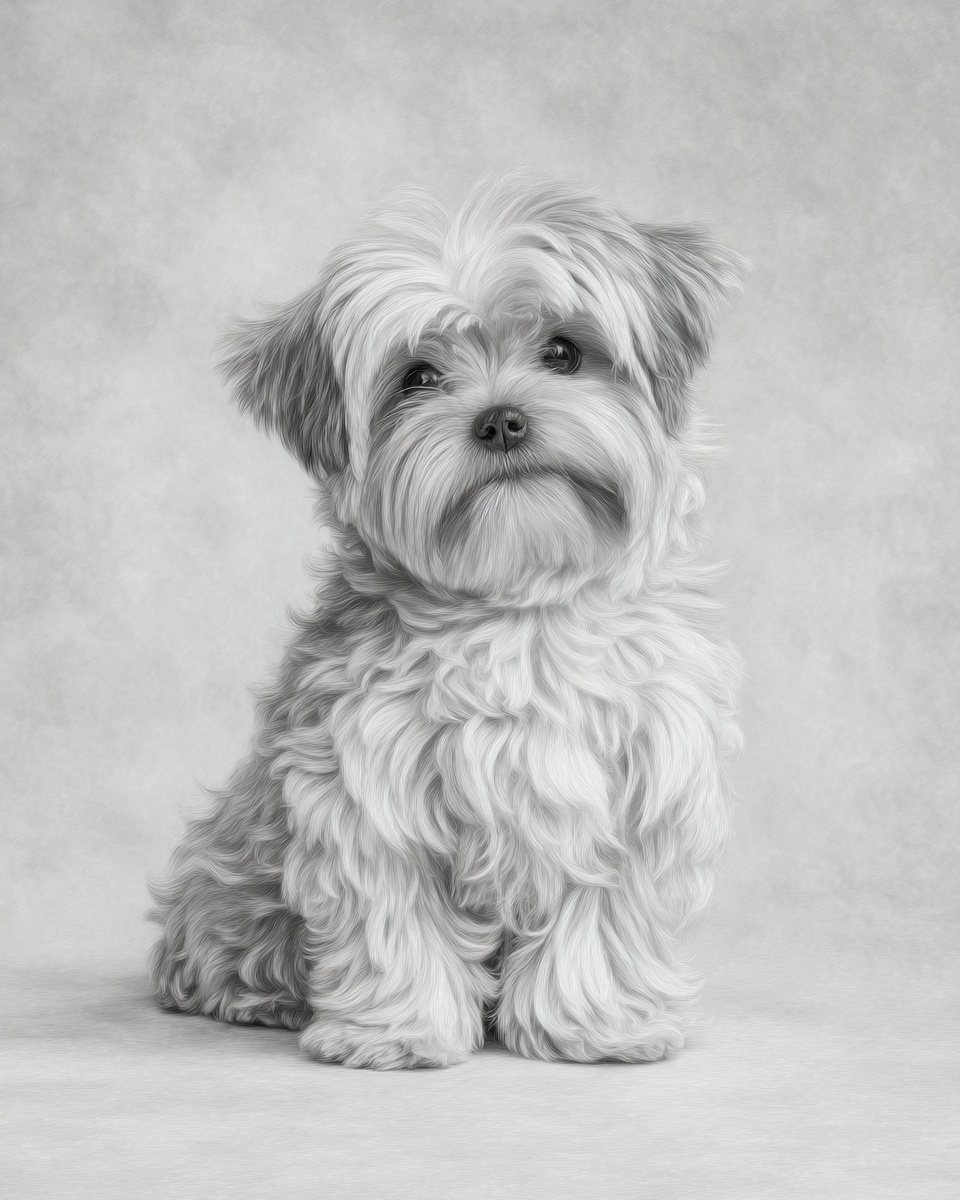Yorkshire Terrier

Description
Yorkshire Terriers, or Yorkies, originated in 19th-century England as rat catchers in mills and mines. They descend mainly from the now-extinct Waterside and Clydesdale Terriers, combined with other terrier breeds to form the compact, spirited dogs we know today. Despite their small stature, Yorkies carry a bold and confident demeanor, often challenging dogs much larger than themselves. These dogs are affectionate and form strong bonds with their owners. Their intelligence makes training straightforward, but their terrier roots sometimes show through in stubbornness and assertiveness. Yorkies thrive in homes where their lively personality and vocal nature are understood and appreciated.
Grooming
Yorkshire Terriers have long, silky coats that require regular attention to stay healthy and tangle-free. Their hair sheds very little but mats easily, especially in moist conditions. Brushing or combing 3 to 5 times per week is essential, focusing on areas behind the ears and under the armpits where tangles form most often. Light trimming around the feet and sanitary areas between full grooming sessions helps maintain cleanliness. Bathing every 3 to 6 weeks is recommended, followed by thorough drying to keep the coat straight and smooth. A professional groom every 4 to 6 weeks will keep your Yorkie looking its best and prevent matting. - Brush 3–5 times weekly - Detangle ears and armpits carefully - Trim feet and sanitary areas lightly - Bathe every 3–6 weeks - Schedule full groom every 4–6 weeks Pro tip: Use a slicker brush paired with a metal comb for the best detangling results.
Learn the Silky routine:
→ Complete Silky Grooming Guide
Walking
Yorkshire Terriers need about 25 minutes of walking daily, usually in a single session. Their low stamina means short, focused walks work best. A consistent routine helps manage their alertness and reduces excessive barking triggered by unfamiliar sounds or sights. Example routine: Morning: 25-minute brisk walk around the neighborhood. Evening: Quiet indoor playtime or short leash walk. Keep walks calm and controlled to avoid overexcitement. Yorkies enjoy exploring but can become overwhelmed by busy environments, so choose quieter routes when possible.
Boarding
For boarding, a crate size of 24 to 30 inches suits a Yorkshire Terrier comfortably, providing enough room to stand, turn, and lie down. Yorkies have a playful but cautious playstyle; they prefer gentle interactions over roughhousing. Staff should monitor their vocal tendencies and provide calming breaks to prevent stress. Daily exercise combined with calm decompression activities, such as puzzle toys or quiet cuddle time, helps keep them balanced. Enrichment that stimulates their curious minds without overwhelming them is ideal. Boarding facilities should ensure a quiet, secure environment to accommodate their alert nature and small size.